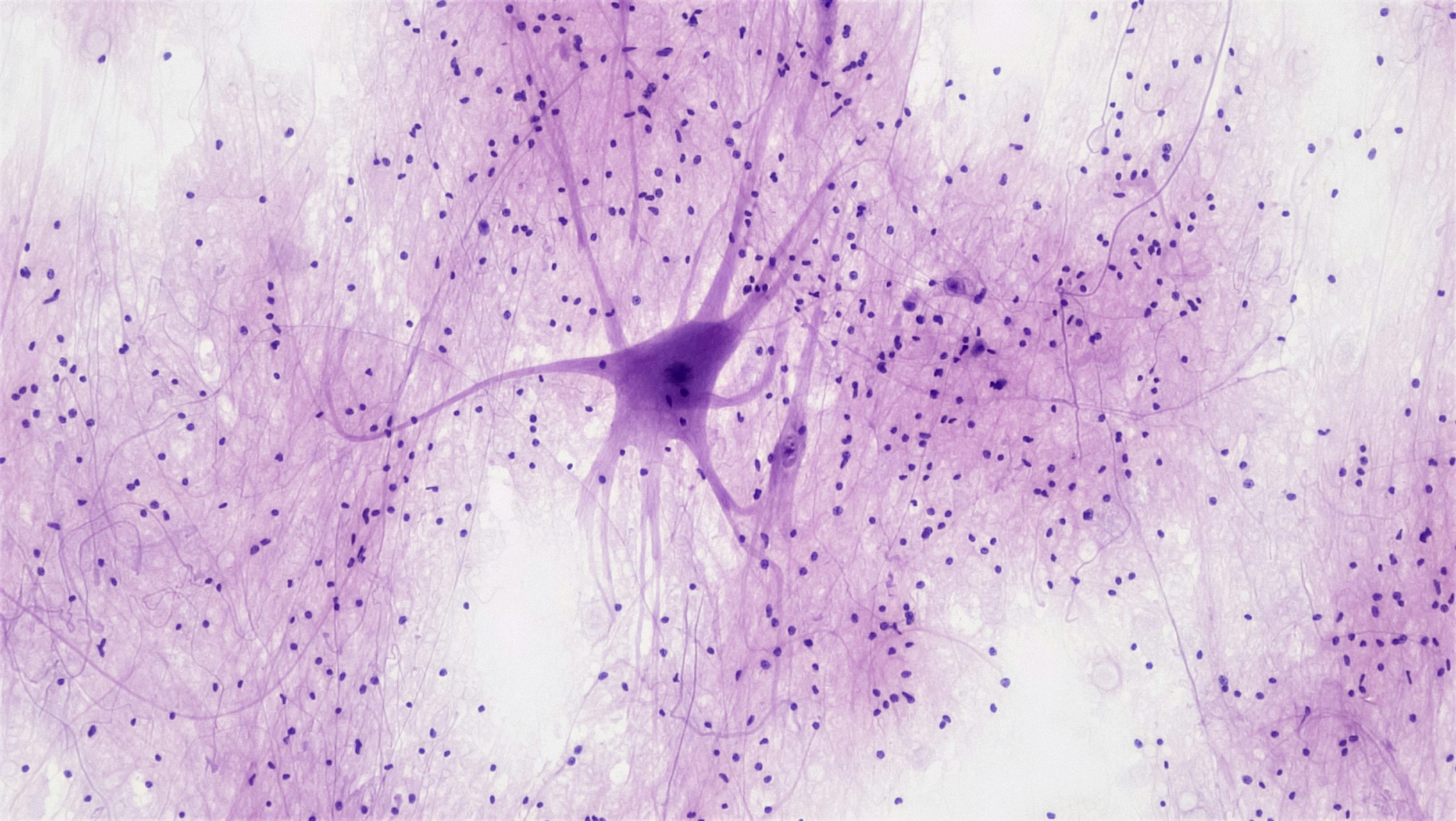Theo Hawkins, Year 11, King’s College School Wimbledon
Psychologists, historians, sociologists, and philosophers have attributed scientific creativity to genius, logical method, and the influence of society. Patenting organisations have measured it in terms of originality and usefulness. Scientists themselves have considered the topic, such as when, in 1801, Humphrey Davy (1778–1829) lectured on the original subject of Galvanism and claimed that science ‘bestowed’ on humanity ‘powers which may almost be called creative’. Doubtless, he had in mind his literary creativity and friendship with Coleridge as much as his scientific imagination, with a nod perhaps to Coleridge’s comment that if Davy ‘had not been the first chemist, he would have been the first poet of his age’. Whilst Davy’s literary creativity is debatable, given that his proofreading of the second edition of Wordsworth’s ‘Lyrical Ballads’ was littered with errors, his scientific creativity can be measured by the criteria above.
Davy certainly fits the genius mould as a scientific innovator, entitled ‘the Newton of chemistry’, who isolated potassium, sodium (both in 1807) and barium (in 1808), discovered the elemental nature of chlorine (in 1810) and iodine (in 1811) and invented the new field of electrochemistry.
It could be argued that he used his intuition and imagination to find these scientific creative solutions. Psychologists, such as Feist, Gorman, and Simonton, concur that scientific creativity is shown in leaps of imagination that make unexpected associations. Davy’s scientific discoveries may well have come from creative chaos, rather than a logical and linear process. Certainly, he fulfills Simonton’s hypothesis that creativity requires ‘you to go where you don’t know where you’re going’, as his maverick experimentation with nitrous oxide (laughing gas) led both to a near death experience and to its potential as an anaesthetic. Davy had the creative ability to ‘think outside the box’ and to connect experiences imaginatively to solve problems. The young Cornish boy observing the rapid decay of Hayle’s floodgates, due to the contact between copper and iron under the influence of seawater, would many years later, with the assistance of Faraday, investigate Galvanic corrosion and attempt to solve the problem of corroded copper sheathing on Royal Navy ships.
Davy’s scientific creativity was not simply imaginative, but also an exercise in problem-solving by applying logic. This is not like the logic of the computer-generated experiments of the psychologist Herbert Simon, which used ‘discovery programs’ to simulate great scientific discoveries, rather the hard work and routine thinking needed to shift from an imaginative thought to a developed product. When Davy’s essays with Beddoes in 1799 on ‘the generation of oxygen gas, and the causes of the colours of organic beings’ were criticised, he regretted publishing these ‘dreams of misemployed genius which the light of experiment and observation has never conducted to truth’. In so stating, he identified that ‘genius’ and ‘dream’ (ie imagination) were not enough to be creative, but needed ‘truth’ (logical deduction) to become innovative (or ‘useful’ as the patents definition might describe it). With determination, he refined and improved his experimental techniques, so when he published his ‘Researches, Chemical and Philosophical’ in 1800 the response was far more positive.
A sociologist would be quick to note that Davy’s collaboration with Beddoes was proof that creativity in science can stem not only from lone genius, but also from collaboration. It is true that the spirit of the times (the ‘zeitgeist’) sometimes makes a scientific discovery inevitable as there is a store of shared knowledge from which the answer will emerge and the number of scientists addressing the issue will also eventually result in a creative solution. This idea that an invention is simply ‘in the air’ waiting for anyone to pick it up could explain Davy’s priority dispute of 1816–1818 with George Stephenson over the invention of the miners’ safety lamp. Undoubtedly, Davy met the criteria by which scientific creativity is judged – having the imagination of a poet and the genius of a scientific innovator. His real contribution, however, is that he gives hope to all scientists of every skill and age, since his creativity was shaped by hard work, the application of logic, by drawing conclusions from acquired knowledge, and by forging cooperative ventures.
Runner-up for the Schools Science Writing Competition, Hilary Term, 2021
Image credit: David Clode via Unsplash





